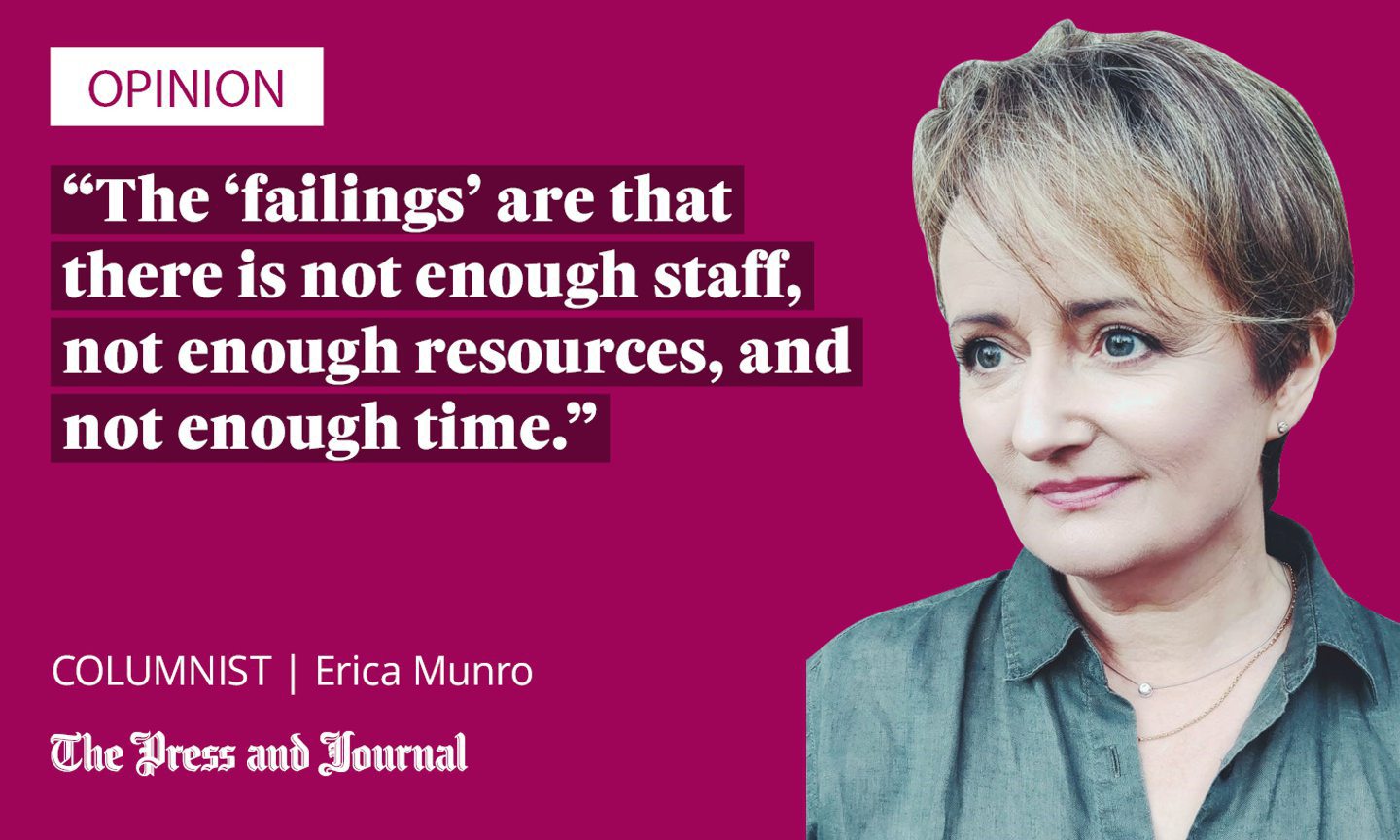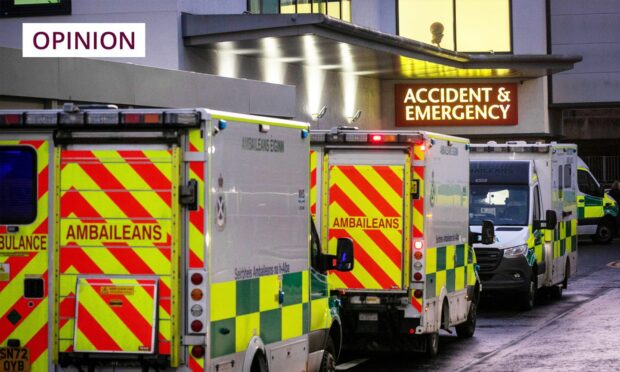Hospitals, huh? Ridiculous. Corridors, wait times, blah, blah, blah.
Mum’s emergency began unpromisingly. Dialling 111, an automated voice told me to expect a wait of four hours for the call to be answered. Now, I can tolerate a queue as patiently as the next British person, but, unfortunately, the reason for the call seemed rather more pressing than that, so I hung up and dialled her GP.
Leaving a message with the receptionist was all very well, but you know when you just have the feeling you need a bit more help? So, fighting every instinct about hating to bother anyone, and scared of getting a row despite my great age, I dialled 999.
Yes, I confirmed, the patient was breathing. Explaining the situation as best I could, I was advised that paramedic intervention wouldn’t be appropriate in this case.
So, there we were. Un-helped and un-reassured, with no improvement to the patient.
Then came the start of a change in our fortune; it began, and ended, with actual human contact. The call operator asked some more questions and, somewhere, a switch was tripped. I was told paramedics were on their way but that, unfortunately, their arrival could take up to two hours.
Ten minutes later, the ambulance was at the door, and three paramedics were at mum’s bedside, calmly taking care of her. At the same moment, her GP called back, reassured me that I’d made the right call, and asked me to get back to him with an update.
And, so, to A&E, where the sign in the waiting room advised an average wait time of two to four hours. I wondered if everything in the NHS was measured in two-to-four hour slots.

The room was half-full – people of all ages, sitting quietly, scrolling through phones or gazing stoically at the posters on the wall, which warned us that hostility towards staff would not be tolerated. I wondered how much hostility the staff received and guessed that the answer was uncomfortably far from “none”.
Twenty minutes in, we were taken to a room and questioned – do they call it triaged? – before returning to wait. Shortly after that, a medical student asked for mum’s consent to perform an examination. He asked a lot of questions before going off to report to a doctor, telling us it shouldn’t be too long.
The boy was right. He returned with the doctor. Mum was examined again and questioned again, in studious detail. But it wasn’t the thoroughness of the exam that impressed me; it was the quality of the listening. The doctor sat quietly and listened, nodding at times, before explaining what he thought may or may not be going on and what the next steps would be.
The cubicle. Oh, the cubicle where she was placed for treatment contained two plastic chairs, a petite, purple examination couch, a cupboard, and some chilling graffiti, in biro, low down on the scuffed wall, which read: “please. they are wrong.”
Procedure followed procedure. X-ray. Scan. Bloods. Vitals. Fluids.
Mum grew cold and was brought a warmed blanket. She grew hungry and was brought a sandwich and a mug of tea. We were told gently by one of the lovely nurses that she ought to stay overnight. But, as there was a shortage of beds, it may have to be there, on the plastic chair in that fluorescent cubicle with its sad graffiti.
A second warm blanket was requested and given. Eight hours had gone by. Then 10, then 12, as tests were done and repeated, and results discussed on a rolling basis. Finally, to a miraculously-found bed in a ward at 3:20 in the morning.
Nothing but hard work, expertise and compassion
When you break down the problems in the NHS, it always comes back to time and resources. Those are things over which the people who work at the coalface of the system have no control.
We saw nothing but hard work, expertise and compassion throughout those hours and hours and hours in A&E. The intangibles – the eye contact, the blethers, the kindness, the updates – count for everything to patients, and nothing in the reckoning-up of how the NHS is doing. They get forgotten in the discussion of the “failing” NHS.
They must be so tired, too
The “failings” are that there is not enough staff, not enough resources, and not enough time – even though time seemed never-ending and agonising as we sat on those plastic chairs through the afternoon, evening and night.
Mum is home now, convalescing with scant patience – the garden’s needing work, after all. We talk about the people we encountered in the hospital: the student, the nurses, and the young doctor who seemed hell-bent on providing a full MOT because he cared, when we just wanted to get home because we were tired. They must be so tired, too.
Erica Munro is a novelist, playwright, screenwriter and freelance editor


Conversation